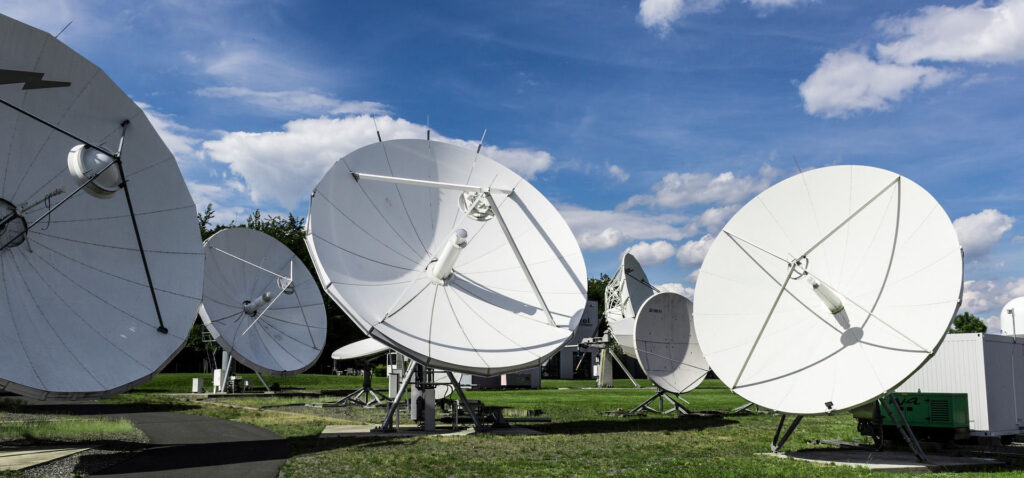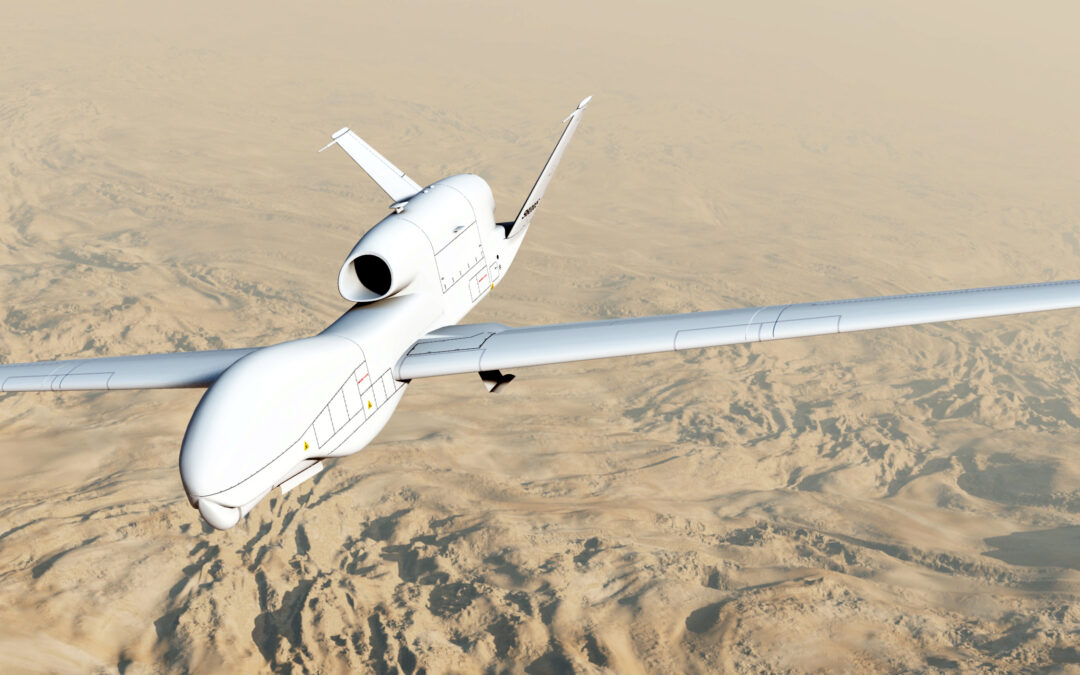
There are many different types of antenna communications and intelligence gathering disciplines. In this post, we explain the key distinctions between SIGINT, COMINT, and ELINT.
SIGINT is the abbreviation for “Signals Intelligence.” SIGINT encompasses all intelligence-gathering methods that it involve the interception of signals. While SIGINT’s origins can be traced back to the early 1900s, it became more prominent in World War I, and even more so in World War II. Among other means of information, SIGINT utilizes unmanned aerial vehicles (UAVs), which gather and transmit back raw intelligence for analysis.
Communications Intelligence, or “COMINT” is a sub-category of SIGINT. COMINT describes communications between people and/or groups. Voice interception, text interception, and signaling channel interception are all categorized under COMINT

COMINT’s main distinction from ELINT is that COMINT signals do contain speech or text, whereas ELINT does not.
Electronic intelligence, or “ELINT” is another sub-category of SIGINT, which considered “non-communications intelligence-gathering.” ELINT systems primarily use electronic signals to gather intelligence. These systems identify signals by either matching them to known criteria, or recording them as possible new, unique, emitters. ELINT data is usually highly classified and therefore, secured.
JEM Engineering’s JEM-0221A is an ultra-wideband omnidirectional antenna that delivers excellent aperture efficiency. It is exceptional for SIGINT, and broad spectrum monitoring of RF signals. JEM Engineering has an extensive product catalog of antennas and antenna systems suitable for SIGINT applications, many of which are also flight-qualified.
The third sub-category of SIGINT is FISINT. FISINT stands for Foreign Instrumentation Signals Intelligence. Not to be confused with ELINT, FISINT refers to the collection of signals created by the testing and use of foreign weapons systems, such as foreign aerospace, surface, and subsurface systems.
Latest Posts

The Outlook on Flat Panel Antennas
As the name suggests, a flat panel antenna, or FPA, is a simple directional antenna that is low-profile.

5G and Beyond
It’s very likely that you’ve heard the term “5G.” 5G means much more than faster speeds for one’s mobile devices. In this post, we briefly introduce 5G and contextualize the technology’s potential in the defense sector.

Scaling Unmanned Operations for Defense
In this post, we explore some of the opportunities and challenges facing unmanned operations in the defense sector.
Artificial intelligence (AI), which manifests itself in different forms, from website chat boxes to unmanned military operations, is broadly defined as any system or machine that is designed to imitate human intelligence, in order to perform tasks and improve upon itself using the increasing amount of information it collects.
